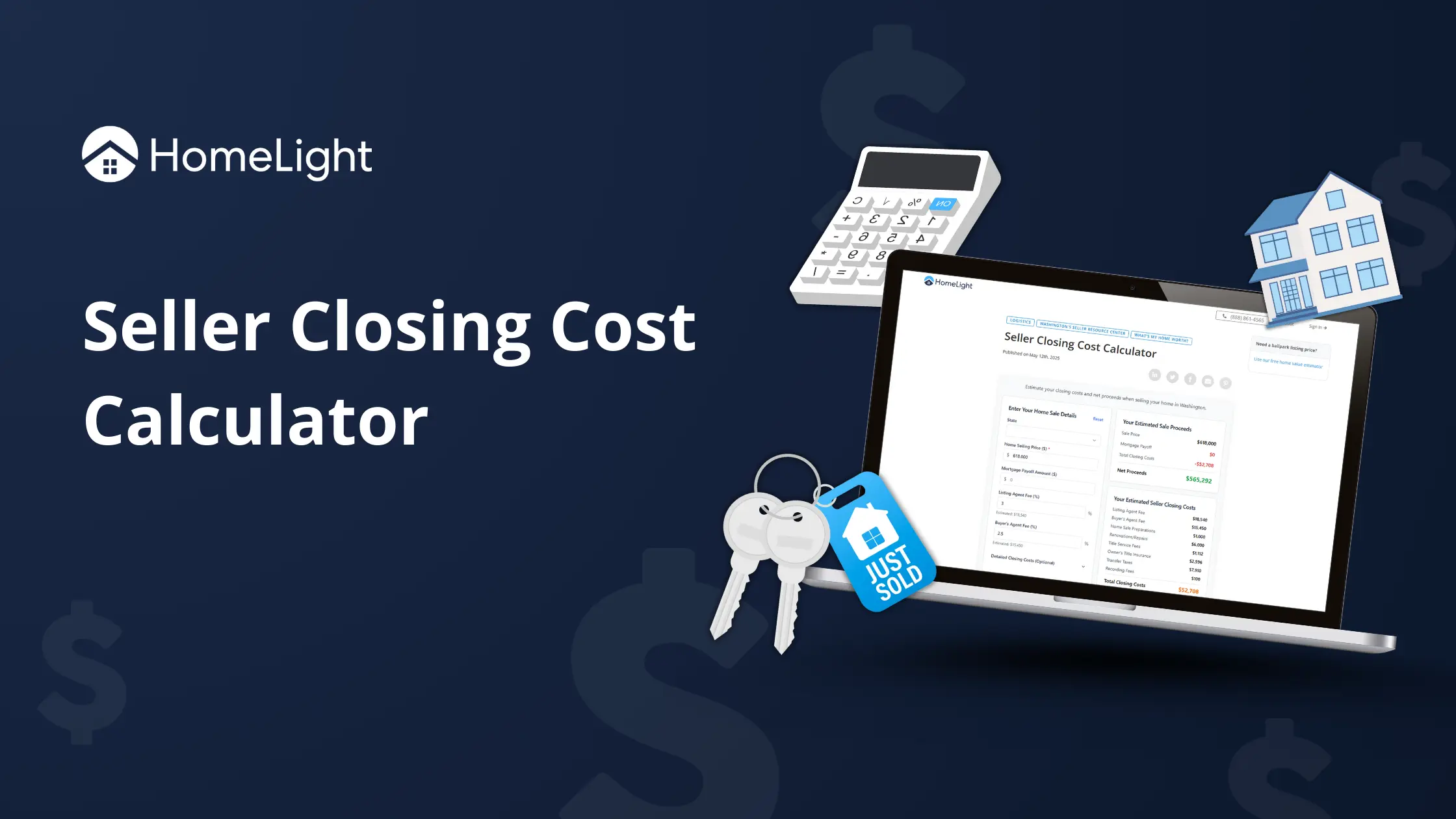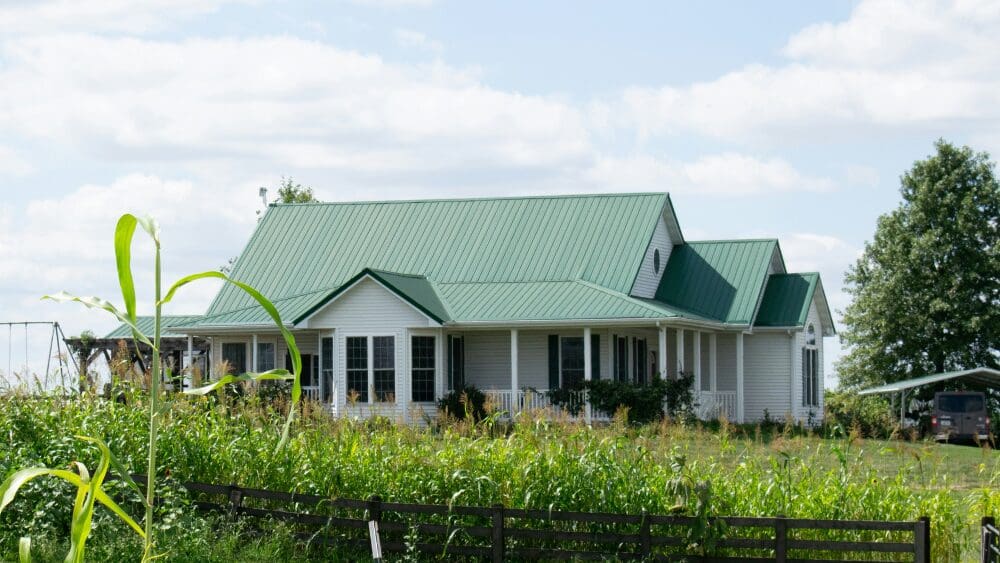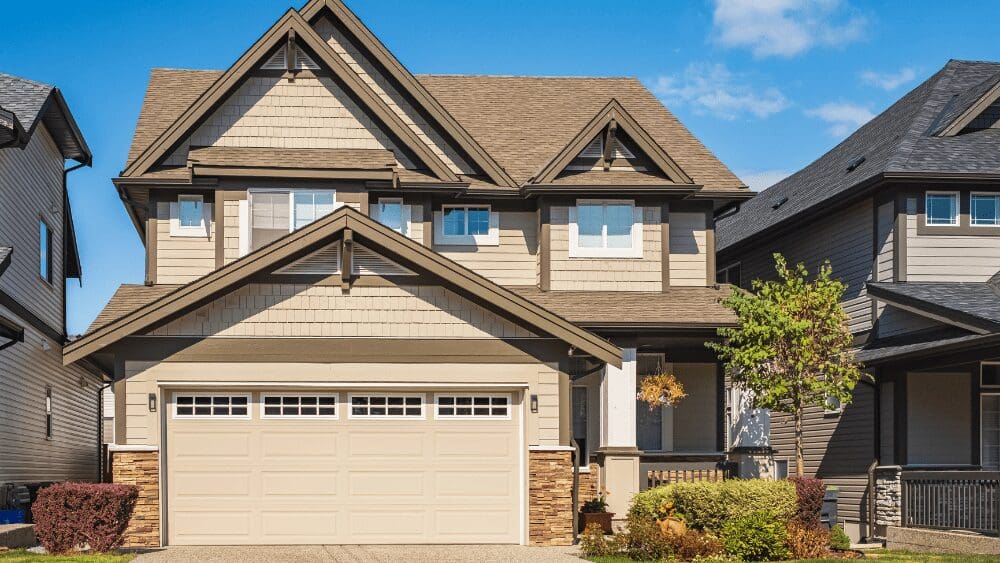
High interest rates are creating high anxiety for both buyers and sellers. Buyers are facing payment pain while sellers wait and watch as their homes sit on the market. One solution is the interest rate buydown. A buydown is a strategy that lowers the interest rate on a mortgage—either temporarily or permanently—in exchange for an upfront cost. Buyers can purchase a buydown to lower their mortgage costs, while sellers may offer one as an incentive to close a sale. But how do interest rate buydowns work, and when do they make sense? Let’s take a look. An interest rate buydown is a way to reduce the mortgage rate on a home loan by paying upfront fees, often called discount points. Each point typically costs 1% of the loan amount and can lower the interest rate by a fraction of a percentage. The goal is to make monthly mortgage payments more affordable, either for a limited period or for the entire loan term. Buydowns can be funded by: In today’s housing market, where both home prices and mortgage rates are high, interest rate buydowns are becoming an increasingly common strategy to help buyers afford a home while giving sellers a competitive edge. Not all buydowns work the same way. Some offer long-term savings, while others provide short-term relief on monthly payments. The two main types of interest rate buydowns are: A permanent buydown involves paying discount points to lower the interest rate for the entire life of the loan. The more points a buyer pays upfront, the lower their fixed interest rate will be. This option is ideal for buyers planning to stay in the home long term and who have the cash to cover the upfront cost. Example: A buyer secures a 30-year fixed-rate mortgage at 6.5%, but by purchasing discount points, they lower their rate to 6% for the duration of the loan. A temporary buydown reduces the interest rate for the first few years of the loan before it resets to the original rate. One of the most common types is the 2-1 buydown, where: Example: A buyer with a 6.5% loan rate would pay 4.5% in year one, 5.5% in year two, and 6.5% for the remainder of the loan term. Another example of a temporary buydown is the 3-2-1 buydown, where: Example: A buyer with a 6.5% loan rate would pay 3.5% in year one, 4.5% in year two, 5.5% in year three, and 6.5% for the remainder of the loan term. Temporary buydowns are often funded by sellers, builders, or lenders to make homes more appealing to buyers. They provide short-term payment relief, allowing buyers time to adjust to their full mortgage payment or refinance if rates drop. The cost of buying down a mortgage rate depends on the loan amount, the number of discount points purchased, and the lender’s pricing. Each discount point typically costs 1% of the loan amount and reduces the interest rate by around 0.25%, though this can vary. Let’s say a buyer secures a 30-year fixed mortgage at an interest rate of 6.5% but wants to lower their rate by purchasing discount points. If the lender offers a rate reduction of 0.25% per discount point, here’s a comparison of what the buyer could pay: The more points a buyer purchases, the lower the monthly payment, but the upfront cost increases. If you’re a buyer, you’ll want to weigh these savings against how long you plan to stay in the home to decide if a buydown is worth it. To help with your decision, you can calculate your breakeven point—the time it takes for your monthly savings to outweigh your upfront costs. Here is a breakeven point example: If you choose to buy down the rate from 6.5% to 6.0% by paying $8,000 for two discount points. To find your breakeven point: In this case, you would need to stay in the home for at least five years to justify the cost of the rate buydown. If you plan to sell or refinance sooner, the upfront cost may not be worth the savings.What is an interest rate buydown?
Types of interest rate buydowns
Permanent buydown
Temporary buydown (e.g., 2-1 buydown)
How much does an interest rate buydown cost?
Example: Buying down a 6.5% rate on a $400,000 loan
Points purchased
Interest rate
Cost of points
Monthly payment
Monthly savings
0 points
6.5%
$0
$2,528
$0
1 point (1% of loan)
6.25%
$4,000
$2,462
$66
2 points (2% of loan)
6.00%
$8,000
$2,398
$130
3 points (3% of loan)
5.75%
$12,000
$2,334
$194
4 points (4% of loan)
5.50%
$16,000
$2,271
$257
Example: Determining a rate buydown breakeven point



